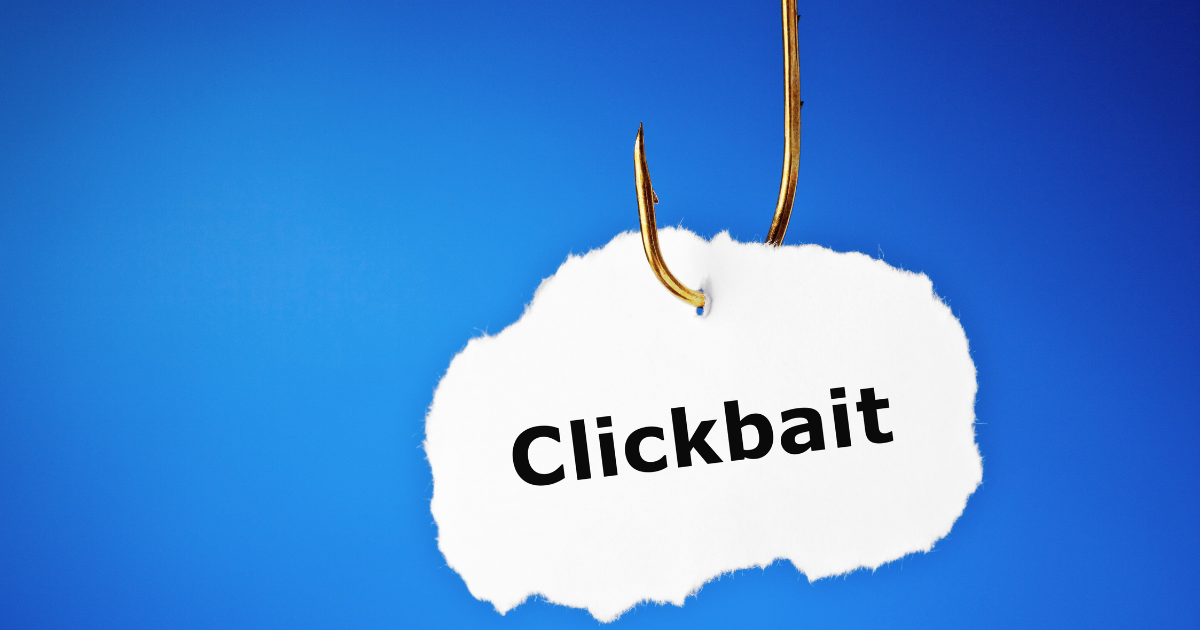
Clickbait: The Dark Side of Attention-Grabbing Headlines
Clickbait is a term that has become increasingly common in recent years. It refers to headlines or content designed to grab your attention and encourage you to click on a link. Unfortunately, the content behind the headline is often disappointing, misleading, or irrelevant.
The history of clickbait dates back to the early days of the internet, when email spam was a prevalent problem. With the rise of social media platforms such as Facebook and Twitter in the early 2000s, clickbait became a popular tactic for websites to generate traffic and revenue.
The underlying principle behind clickbait is to play on the curiosity of the user by using sensational or provocative headlines that trigger an emotional response. The headlines are often phrased as questions, lists, or promises of secrets or scandalous revelations. Some common examples include “You Won’t Believe What This Celebrity Did!” or “10 Shocking Ways to Lose Weight Fast!”
Clickbait is so effective because it plays on our innate desire to seek out new information and satisfy our curiosity. The brain releases dopamine, a feel-good chemical, when we encounter something novel or unexpected. The anticipation of something interesting or exciting can be addictive, which is why clickbait is so successful at getting people to click.
However, the content behind the click is often disappointing or irrelevant, leading to frustration and disappointment for the user. Clickbait can also be used to spread false information, as the headlines are designed to grab attention, even if the content is misleading or completely untrue.
To combat clickbait, social media platforms and search engines have taken steps to penalize publishers who use misleading headlines or other tactics to generate clicks. This has led to a shift in the industry towards more quality content that is engaging, informative, and trustworthy.
Here are some tips to identify and avoid falling for clickbait:
- Look for sensational or provocative headlines that use hyperbolic language or phrasing to grab your attention.
- Check the source and be wary of unfamiliar sources that prioritize clicks and traffic over quality content.
- Read beyond the headline to get a sense of what the content is really about.
- Pay attention to the tone of the headline and be cautious if it seems over-the-top or urgent.
Clickbait is a prevalent tactic used to generate clicks and revenue. While it can be addictive, the content behind the headline is often disappointing or irrelevant. By following the above tips and being cautious of sensational or misleading headlines, readers can protect themselves from falling for clickbait and ensure the content they consume is informative, engaging, and trustworthy.





